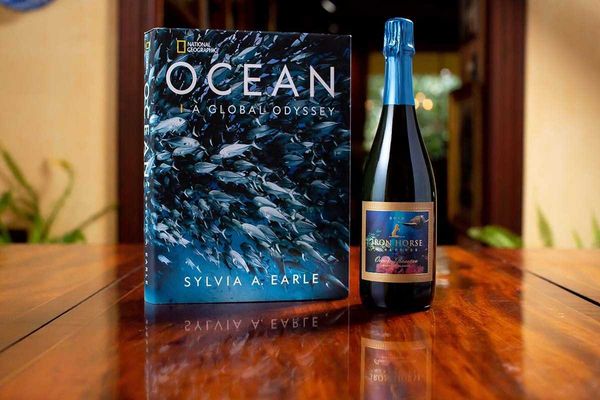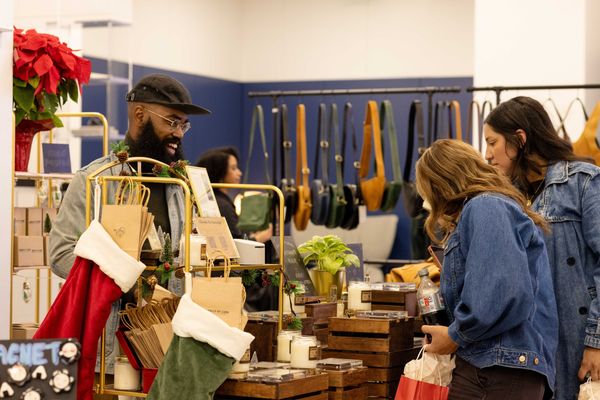One of the hottest debates inside newsrooms and media studies programs the past few years is whether journalism itself has any real future left, given the widespread disruptions sweeping through the traditional media industry, including the massive layoffs of newspaper reporters.
In light of this, the 45-year-old Knight Fellowship Program at Stanford has transformed itself from a mid-career sabbatical opportunity into an incubator of entrepreneurial ideas that just might help journalism better adapt and survive.
The current 20 Knight Fellows, 12 of whom come from overseas, presented their visions late last week at an event called "Re-Engineering Journalism."
Jigar Mehta, a video journalist affiliated with The New York Times, created a crowd-sourced, interactive documentary called "18 Days in Egypt," which encouraged Egyptians to contibute videos, photos, e-mails and tweets from their cellphones during their historic uprising earlier this year.
Seda Muradyan, an Armenian journalist, is creating a social game that aims to foster collaboration between citizen journalists in Armenia and traditional media institutions to strengthen local news.
Jenka Soderberg, a radio news director from Portland, OR, is developing Newsti.ps, which will be a tool for using social networking, mobile and tagging sites for gathering and verifying news inside Palestine.
Independent comics journalist Dan Archer from Mountain View demonstrated his prototype for an interactive interface for news using original digital comics.
Adriano Farano, an entrepreneur from Paris and Rome, announced plans to launch Owni.us, which is designing tablet apps leveraging the power of data visualizations, news games, and digital comics to create an immersive mobile news experience.
Pakistani journalist Sahar Ghazi described her effort to launch Hosh, which intends to create a mechanism for giving voice to young bloggers and online activists in a country where two-thirds of the population is under 30 but Internet penetration is still only ten percent.
There were fourteen other intriguing presentations as well, with short videos of all 20 to be posted at the Knight website soon.
Part of the significance of efforts like that underway at Stanford is that journalists traditionally have tended to shun technology and -- thanks to the so-called "church-state line" — have been prevented from participating in implementing their companies' business models.
The concept that journalists would somehow be corrupted by exposure to advertisers or other financial supporters of their work led in practice to widespread ignorance among reporters about exactly what kind of business they were in.
But over the past 15 years, the old business models broke down in the face of new technologies and competitors like Craigslist, Google, blogs, YouTube, Twitter and Facebook, among many others. Welcome to the age of interactive, networked media, which is hastening the downfall of antiquated institutions like newspapers, sending many journalists into early retirement or other career paths.
Last week's presentations revealed another path, as there is as much potential for innovative technological and business solutions among journalists as from any other community, and it is encouraging to see the Knight Fellowships leading the way in this regard.





















